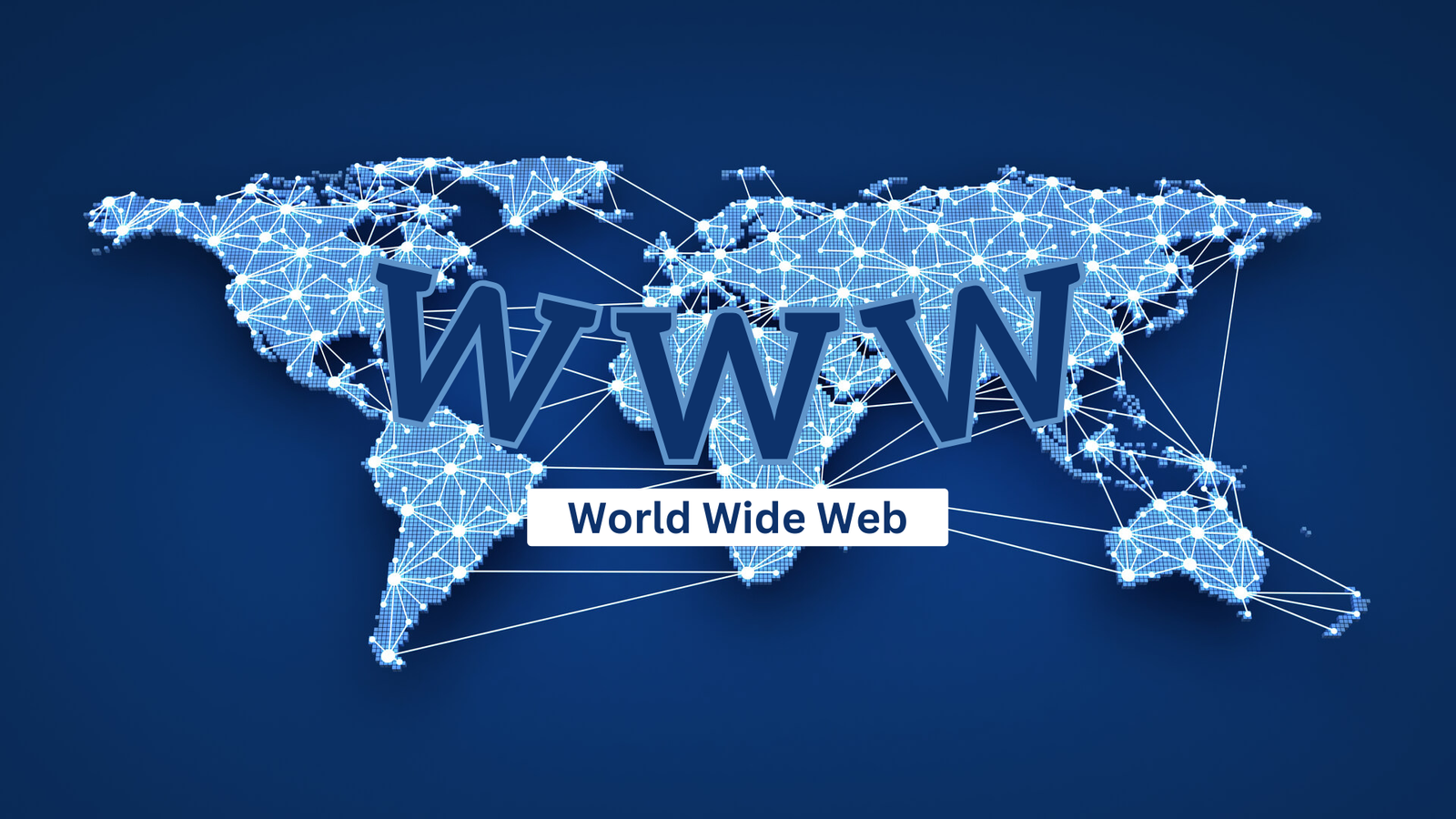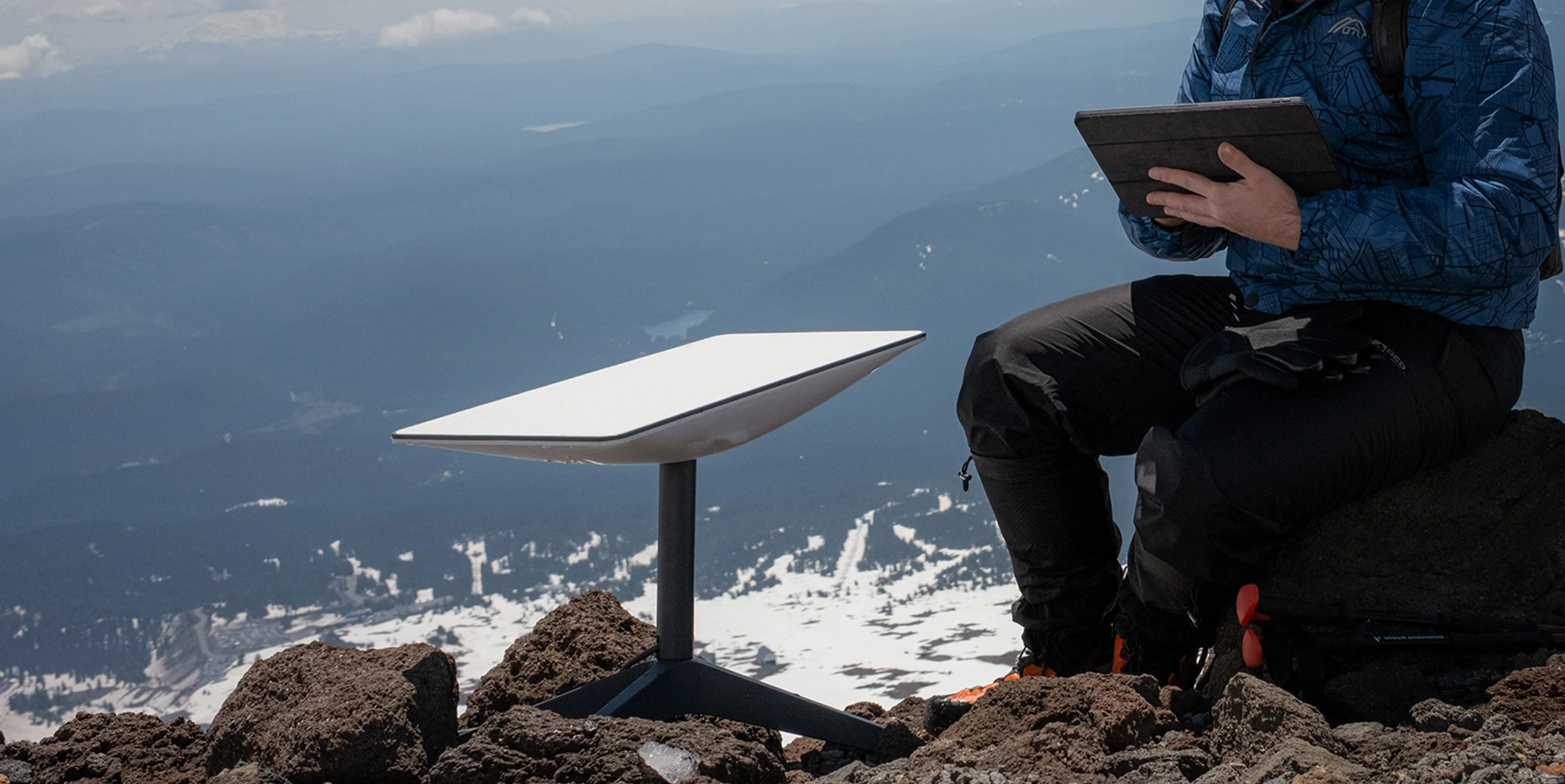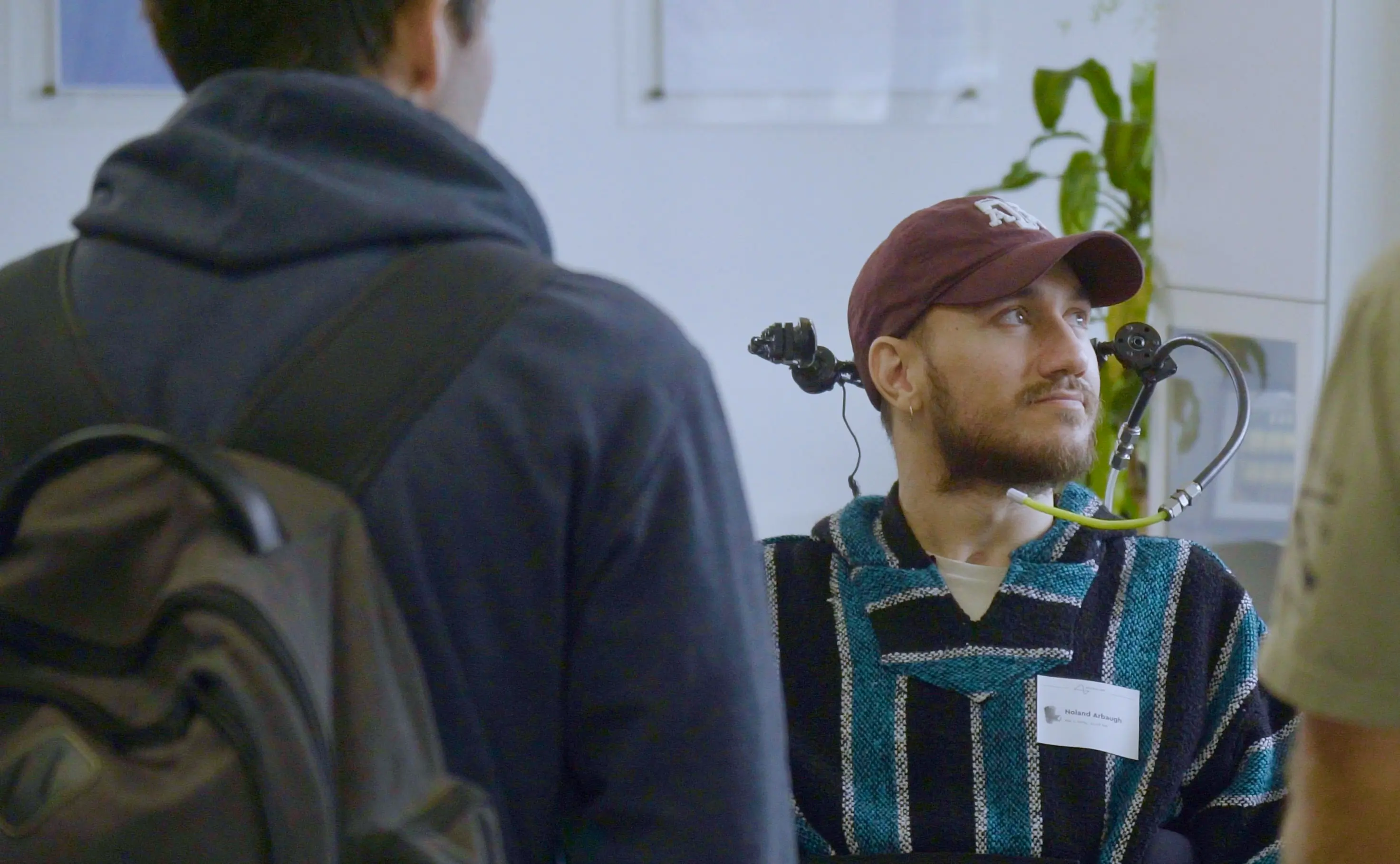Introduction:
The World Wide Web, or simply the "Web," is an integral part of daily life, connecting us to information, people, and services across the globe. While often used interchangeably with the internet, the Web is a specific application that revolutionized how we access and share information. In this post, we’ll explore the history, structure, and impact of the Web, as well as the technology that makes it possible.
What is the World Wide Web?
The World Wide Web is a system of interconnected documents and multimedia resources, accessed through the internet. Developed in 1989 by Tim Berners-Lee, the Web introduced a simple way to navigate information using hyperlinks. This innovation transformed computers from isolated tools into gateways for a vast network of knowledge and communication.
The Web consists of three main technologies:
-
HTML (Hypertext Markup Language): The foundational language used to create and format web pages.
-
HTTP (Hypertext Transfer Protocol): The protocol that enables communication between web browsers and servers.
-
URL (Uniform Resource Locator): The web address that directs users to specific pages.
These elements work together to allow users to access a vast array of websites through browsers, creating the experience we know as browsing the web.
Key Components of the Web:
-
Web Pages and Websites: Individual documents (pages) are connected to form websites, which can contain text, images, video, and interactive elements. HTML structures the content, while CSS (Cascading Style Sheets) styles it, and JavaScript enables interactivity.
-
Web Servers and Browsers: Web servers host websites and respond to requests from web browsers, which display the information on user devices. Popular web browsers like Chrome, Firefox, and Safari allow users to access and navigate web content.
-
Hyperlinks: Hyperlinks connect web pages, allowing users to move seamlessly from one page to another. This interlinking is what gives the Web its networked structure, making it easy to find related information across multiple sources.
Evolution of the Web:
-
Web 1.0 - The Static Web: The early Web, also known as "Web 1.0," was mostly static. Pages were read-only, with limited interactivity or multimedia content. Users could view information but had minimal ways to interact with it.
-
Web 2.0 - The Social Web: With the introduction of dynamic content and interactivity, Web 2.0 brought social media, blogs, and user-generated content. Users could now engage, create, and share content, leading to the rise of platforms like Facebook, YouTube, and Wikipedia.
-
Web 3.0 - The Semantic Web: Emerging as a more intelligent and personalized Web, Web 3.0 aims to use AI and machine learning to understand and interpret user data. This version of the Web prioritizes a seamless, individualized experience and allows machines to understand content contextually.
Impact of the World Wide Web:
-
Access to Information: The Web democratized information, providing easy access to knowledge that was once limited to libraries or expert circles. Today, anyone with an internet connection can learn about virtually any topic.
-
E-Commerce: The Web transformed commerce, enabling online shopping and services. E-commerce giants like Amazon and Alibaba have redefined retail, while small businesses reach global audiences through their websites.
-
Social Connectivity: Social networks built on the Web connect people across continents, bridging cultural and geographic divides. Platforms like Twitter, Facebook, and LinkedIn facilitate personal and professional networking.
-
Education and Remote Work: Online learning and remote work have grown significantly due to the Web. Universities offer online courses, and businesses utilize web-based tools for communication and collaboration, making global education and work opportunities more accessible.
The Technology Behind the Web:
Modern websites rely on various technologies for functionality and user experience:
-
Frontend Development (HTML, CSS, JavaScript): This creates the user interface and enables users to interact with the content.
-
Backend Development (PHP, Python, Java): The backend processes data and manages databases, ensuring that the Web remains functional and responsive.
-
Web Hosting and Databases: Web hosting services provide servers for websites, while databases store the data used by dynamic websites, such as user profiles and transactions.
Challenges and Future Directions:
-
Security and Privacy: With vast amounts of data exchanged, maintaining user security and privacy is crucial. Cybersecurity threats, including hacking and phishing, pose risks to users and organizations alike.
-
Digital Divide: While the Web has revolutionized access to information, not everyone can afford or access reliable internet connections. Efforts to bridge this gap are ongoing, aiming to make the Web truly universal.
-
Web 3.0 and Decentralization: The future of the Web, often referred to as Web 3.0, could lead to a more decentralized internet, where users have more control over their data and digital identities. Blockchain technology and decentralized networks are expected to play a significant role.
Conclusion: The World Wide Web has profoundly changed how we live, work, and communicate. From its static beginnings to the interactive, data-driven platforms of today, the Web remains a dynamic force shaping modern society. As we move toward a more interconnected, intelligent, and decentralized Web, the potential for innovation and progress continues to grow. Understanding the Web’s evolution, technology, and challenges helps us appreciate its transformative power and future possibilities.



